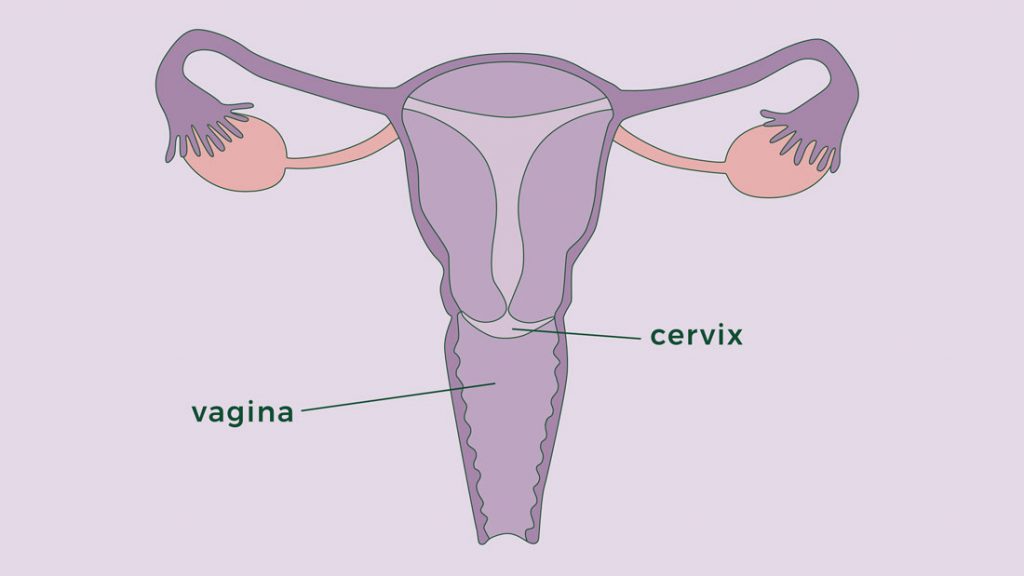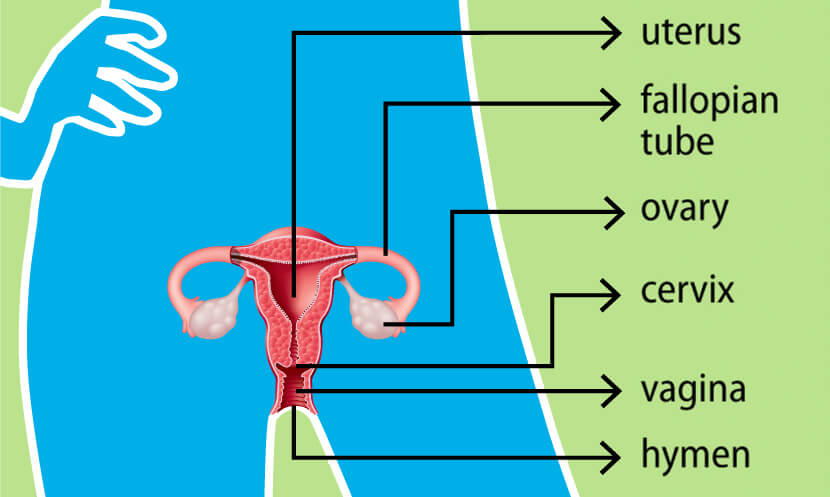Cervix 101: Understanding the Female Reproductive System Better
Cervicitis
Inflammation of the cervix
Lower, narrow end of the uterus
Opens into the vagina
Symptoms:
– Bleeding between menstrual periods
– Pain during intercourse or pelvic exam
– Abnormal vaginal discharge
Causes of cervicitis:
– Sexually transmitted infections (STIs) such as chlamydia and gonorrhea
– Noninfectious causes
– Allergic reactions to contraceptives or latex in condoms
– Allergic reactions to feminine hygiene products
Risk factors:
– High-risk sexual behavior
– Early age of sexual intercourse
– History of STIs
Complications:
– Pelvic inflammatory disease
– Fertility problems if left untreated
– Increased risk of getting HIV
Prevention:
– Consistent and correct use of condoms
– Being in a committed, monogamous relationship
Location and structure of the cervix:
– Located inside the pelvic cavity, 3 to 6 inches inside the vaginal canal
– Begins at the base of the uterus and extends downward onto the top part of the vagina
– Wider in the middle and narrows at both ends (opens into the uterus and vagina)
– Consists of the internal OS, endocervical canal, ectocervix, and external OS
– Transformation zone (TZ) is the most common site for abnormal cell growth
– About an inch long and varies in size
– Texture and location change during the menstrual cycle
– Made of fibromuscular tissue, lined with glandular cells and squamous cells
– Contains different cell types, including those covering the outermost part of the cervix and vagina
– Transitional zone (TZ) is the focus of screenings for cervical cancer


